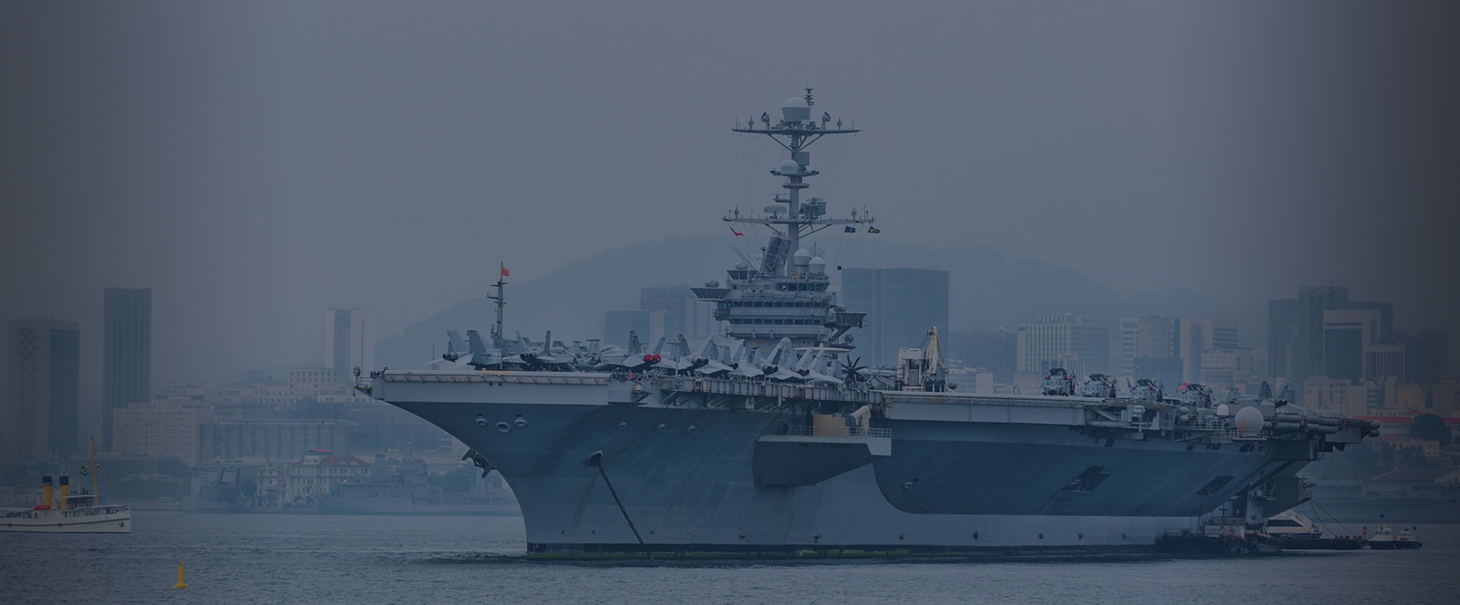The recent deceleration in China’s economic growth rate has sent waves of speculation among many commentators. Most recently, concern is being voiced that China’s slowdown will have a negative impact on Latin America’s emerging markets. The Miami Herald’s Andres Oppenheimer, for example, declared that the “China-Latin American fiesta is over.” None other than Nobel Laureate Paul Krugman has argued “China is in big trouble.”
For Oppenheimer signs of the fiesta’s end are China’s lowered growth rates, its decreasing raw material purchases in the region, as well as a lack of diversification in exports and infrastructure spending by Latin American countries.
There are two things to examine here. One is China’s shifting economic priorities. The other concerns trade policies in different Latin American countries.
China Changing Course
Before these writers start declaring it dead, it would be well to reflect that China remains a country with enormous foreign exchange reserves (over $3 trillion), large trade surpluses and high levels of savings estimated at between 40-50 percent of GDP.
When people are told China’s growth has fallen from 10 percent annual rates to 7.5 percent or less in 2013, they tend to focus on the lowered figure. The truly remarkable thing is that at 10 percent annual rates of economic growth, China’s economy has been doubling every seven years! That is astronomical but it has also led to imbalances.
While China’s GDP is estimated at $8 trillion, about 45 percent of US GDP, actual per capita GDP income is only about one sixth of the U.S. China may be the world’s second largest economy, yet with a per capita GDP of around $5700, it ranks 92nd in the world.
At the heart of the slowdown in the growth rate is a transformation from the economic model focused on exports to development of the domestic consumer market. Today, consumer spending accounts for approximately 40 percent of GDP, an increase of about 20-plus percent in the last few years, but still about half that of its role in the US economy.
China’s leaders, such as former premier Wen Jiabao, argued that the present state of the economy was “impractical, irrational and not sustainable.” As China moves forward, priorities will shift. There will be greater focus on the productivity of investments and not merely their volume. Exports will continue but the intention is to move up on the value chain of production. By building a broader safety net, savings can be released to expand the domestic consumer market. Most importantly, instead of overreliance on state investments there will be a need to draw from a growing private capital market. In some respect, the real debate will not concern investment versus consumption ratios, but the primary importance of private over public investment.
Commodities … and Trade and Infrastructure in Latin America
China is the world’s largest exporter and the second largest importer of goods. This demand has greatly benefited Latin America’s primary product exporting economies. Fully 90 percent of Chinese FDI in the region is in mining and extractive industries.
Many Chinese investments and loans in the Americas are in infrastructure development. For instance, Chinese companies in Latin America are building power plants, irrigation systems, telecommunication facilities, railways, highways and more. As part of oil for cash schemes, Chinese companies also receive contracts to help them establish markets overseas.
The volume of trade between China and the Americas has increased dramatically. Only the United States surpasses China as the largest trade partner in the region. And while most Latin American exports to China are commodities, countries like Mexico, Costa Rica and El Salvador increasingly export high-tech manufactured goods.
Regional Trade
When discussing Latin America it is imperative to differentiate between those countries making bold moves to open their economies and those that have, regrettably, moved in the opposite direction. Several countries have been expanding their service sectors and a number have moved towards expanding markets through greater regional trade.
In August, for example, Chile, Colombia, Mexico and Peru signed an agreement – known as the Pacific Alliance – removing tariffs on 90 percent of their merchandise trade, with the remainder ending in the next few years. With a combined GDP of over $2 trillion, or 35 percent of the Latin American total, these four economies are not much smaller than Brazil with $2.4 trillion.
There is much room for such efforts since inter-regional trade makes up only 27 percent of total trade in the Americas, compared to 63 percent in the European Union and 52 percent in Asia.
“You’re looking at a deal … which means that between all our countries, there will be no barriers on any of our goods and services and we’ll be able to combine the potential of these nations,” said Chile’s Foreign Minister Alfredo Moreno.
More importantly, these countries have opened up to world trade (Chile and Peru trading heavily with China), while building a regional market, reaping the benefits of economies of scale. For these countries, China’s expanding domestic market is a welcome opportunity.
Unfortunately, many of Latin America’s leftist governments, such as Venezuela and Argentina, have engaged in protectionism despite their declarations favoring regional integration. Having failed to open their markets, these countries could face serious problems should Chinese demand drop significantly.
Diversification and Expanding Markets
Mr. Oppenheimer suggests Latin American countries diversify their exports to avoid dependence on volatile commodity prices, a phenomenon dubbed “the Dutch disease.” This is a sound recommendation, but a difficult one to implement. Diversification comes about as markets expand. As labor productivity increases output and wages, people spend money for other goods and services generating employment in new sectors.
Diversification of Latin American economies, a long term proposition, will more likely accelerate as governments get out of the business of interfering with markets, both domestic and foreign, picking winners, and otherwise putting obstacles in the way of their own entrepreneurs.
There is no doubt China is a major player in the international division of labor or that those trading with it favor its continued prosperity. Trading with a wealthy partner yields greater benefits than trading with a poor one. In this respect, a country’s policies either promote increasing gains from trade or obstruct necessary changes. Whether the so-called fiesta ends for some in the Americas will be a function of economic policy and not China’s necessary adjustments. Let us hope that as China shifts its priorities, the nations of Latin America find lessons in China’s development.
Read the original article at ChinaUSFocus.com.


 Fernando Menéndez
Fernando Menéndez